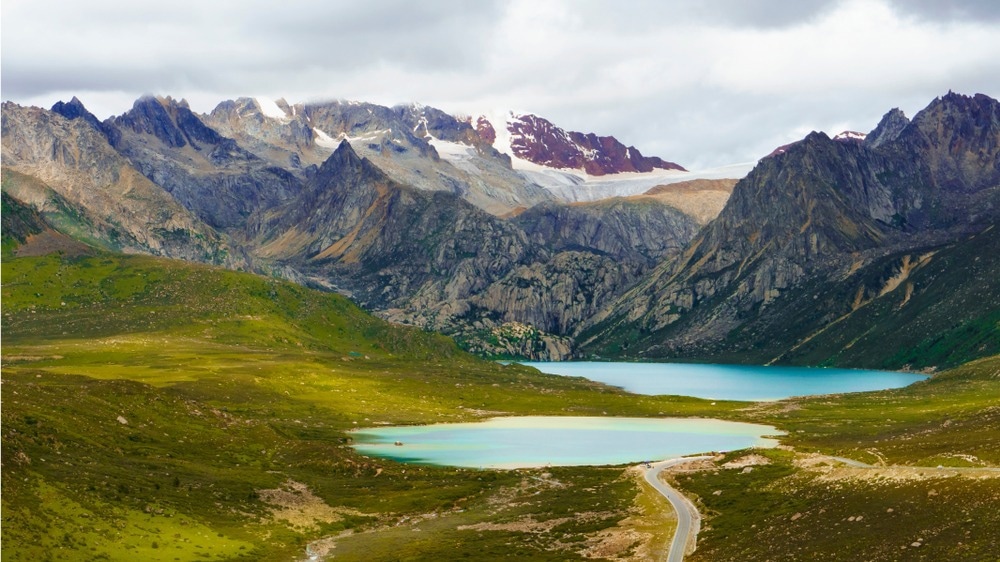Reviewed by Alex SmithJun 29 2022
During the Cenozoic, the growth of the Qinghai-Tibetan Plateau (QTP) forced considerable climate and environmental variation in this region.

Image Credit: HelloRF Zcool/Shutterstock.com
But there has been a restricted amount of research performed on long-term climate change on QTP. Hence, the long-lasting paleoclimatic progress of the Tibetan Plateau and its primary driving mechanisms are yet to be understood clearly.
In a study reported in the journal Science China: Earth Sciences, making use of Bioclimatic Analysis (BA) and Jointed Probability Density Functions (JPDFs), scientists from the Xishuangbanna Tropical Botanical Garden (XTBG) of the Chinese Academy of Sciences measurably rebuilt the paleoclimatic parameters depending on 48 floras for QTP.
Furthermore, they employed the Hadley Centre Coupled Model version3 (HadCM3) to simulate the equivalent paleoclimate.
The 48 fossil flora, along with palynological fossils and macrofossils, were gathered in the QTP region from the Paleogene to Neogene (66 to 2.58 million years ago).
The reconstructed paleotemperature that was identified utilizing the BA and JPDFs, numerical simulations, and other proxies denoted that there was an entire fall in precipitation and temperature.
The scientists discovered that the climate displayed an entire cooling trend on QTP under the impact of global climate change and the growth of the plateau. This was made possible by integrating HadCM3 simulations, isotope analysis, and the Climate Leaf Analysis Multivariate Program. Since the late Eocene, the growth of QTP has led to exceptional regional climate change.
The simulation outcomes display that when the Neo-Tethys Ocean retreated in the middle-late Eocene, the entire precipitation increased across this region. The impacts of the Neo-Tethys Ocean retreat on QTP may be less below the global climate change and uplift of QTP.
However, as the boundary conditions of the model are obscure (such as topography in different regions of QTP, Neo-Tethys Ocean retreat, and the land-sea boundary), more geological data should be combined for further study.
Shufeng Li, Xishuangbanna Tropical Botanical Garden, Chinese Academy of Sciences
“This research can provide insights into Cenozoic environmental change and ecosystem evolution.” stated SU Tao of XTBG.
Journal Reference:
Zhao, J., et al. (2022) The Paleogene to Neogene climate evolution and driving factors on the Qinghai-Tibetan Plateau. Science China Earth Sciences. doi.org/10.1007/s11430-021-9932-2.